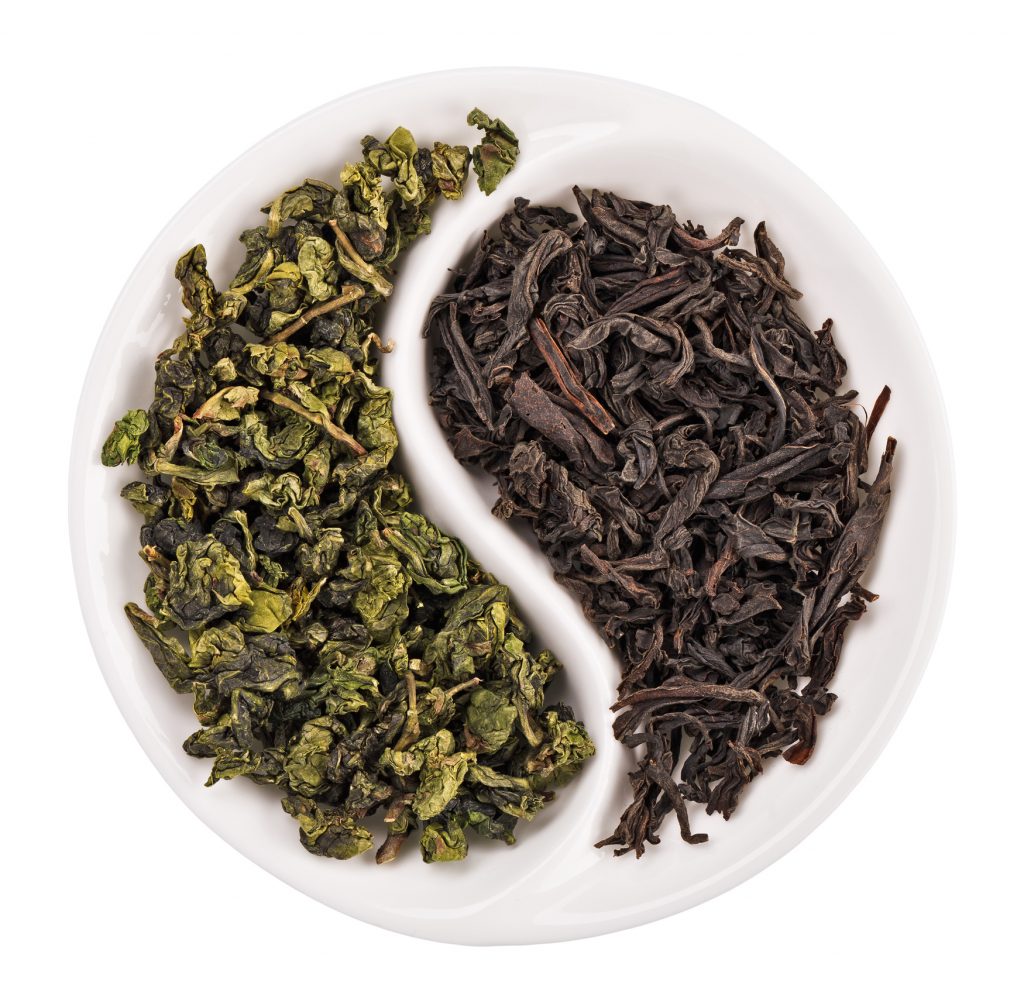
Throughout history, tea has been cherished and revered as a wholesome beverage, with both green and black teas having been enjoyed for thousands of years. Its popularity is second only to water, making it one of the most widely consumed drinks globally. While green tea often takes the spotlight for its health-boosting properties, black tea also boasts a range of beneficial substances.
Global tea production amounts to approximately 2.5 million tons annually, and roughly 20% of this yield is processed into green tea, which is predominantly favored in Asia, parts of North Africa, the United States, and Europe.
The commonality between green and black tea lies in their origin—the Camellia sinensis plant. Both teas are derived from the upper buds and leaves of the plant. During processing, green tea is briefly dried and then heated or pan-fired to halt oxidation and enhance its flavor. In contrast, black tea undergoes crushing or rolling and is allowed to oxidize, resulting in its dark color and robust taste.
Packed with antioxidants and anti-inflammatory compounds, both green and black tea offer a plethora of health benefits. These powerful antioxidants, known as flavonoids, play a vital role in shielding our bodies against chronic diseases like heart disease, cancer, and diabetes.
Interestingly, each tea variety contains its own specific type of flavonoids, contributing to unique health advantages. Their protective properties extend to the heart and blood vessels by reducing inflammatory substances that contribute to heart disease. Moreover, both black and green tea effectively aid in lowering blood pressure, harmful LDL cholesterol, and triglycerides.
Though both types of tea contain caffeine, green tea typically possesses slightly less caffeine compared to black tea. This discrepancy can vary depending on factors such as plant type, processing methods, and brewing techniques. As a gentler alternative to coffee, many individuals opt for tea to enjoy the combined benefits of alertness and calmness, thanks to the amino acid L-theanine found in both green and black tea.
Green Tea and Antioxidants
Beyond shared advantages, green tea boasts specific attributes, such as its well-known and extensively studied antioxidant, epigallocatechin-3-gallate (EGCG). This potent antioxidant contributes to green tea’s protective effects against cancer, heart disease, diabetes, Alzheimer’s, and even depression and anxiety. Additionally, green tea contains various other beneficial compounds, including linoleic acid for fat burning, quercetin for immune modulation, and theobromine for blood vessel dilation.
Studies have shown that EGCG in green tea has an antioxidant power significantly more effective than vitamins C and E. Notably, it exhibits anti-cancer effects by hindering the spread of cancer cells to healthy tissues, which is crucial for fighting cancer and restoring health.
Black Tea and Free Radicals
On the other hand, black tea stands out for its unique polyphenols called theaflavins, formed during fermentation. These compounds offer distinct health advantages, including protection against free radicals that can harm DNA and contribute to serious diseases like cancer. Moreover, theaflavins aid in lowering harmful triglycerides, LDL cholesterol, and plaque formation, thus promoting heart health and reducing inflammation.
The beneficial properties of theaflavins in black tea extend to regulating blood sugar, stimulating insulin production, and preventing diabetes. Additionally, they increase nitric oxide levels, which help dilate blood vessels, lower blood pressure, and improve athletic performance. Similar to green tea, theaflavins in black tea also promote fat cell breakdown and thermogenesis, facilitating weight loss when combined with the higher caffeine content present in black tea.
Among the various types of green tea available today, matcha green tea has gained popularity due to its concentrated antioxidants. Unlike regular black or green tea, matcha is made from the actual tea leaves rather than the strained leaves, ensuring higher nutrient intake. Matcha tea plants are shaded for two weeks, increasing the chlorophyll content and elevating the concentration of healthy compounds like EGCG. Although slightly pricier, matcha tea offers more nutritional value, as a cup of matcha is equivalent to approximately three cups of regular green tea (sencha).
In conclusion, both green and black teas bring valuable compounds with powerful antioxidant properties that combat aging, heart disease, cancer, obesity, and diabetes. While both types contain caffeine and the brain-nourishing L-theanine, green tea outshines black tea in terms of antioxidant levels. Regardless of the tea you prefer, it’s essential to avoid adding substances like milk or cream, as they can diminish the antioxidant power. Additionally, excessive tea consumption can lead to restlessness or nausea, so moderate intake is recommended.
To ensure optimal health benefits, choosing organic tea is preferable, as tea leaves can absorb contaminants from the soil, including heavy metals, pesticides, and fluoride. When selecting commercially bottled teas, it’s crucial to opt for reputable brands like Honest Tea and Tea’s Tea, which do not contain harmful additives like high fructose corn syrup or excessive sugar. Alternatively, the fermented Kombucha tea made from black or green tea offers not only the benefits of antioxidants but also a healthy dose of probiotics and B vitamins, making it a delightful and refreshing option
